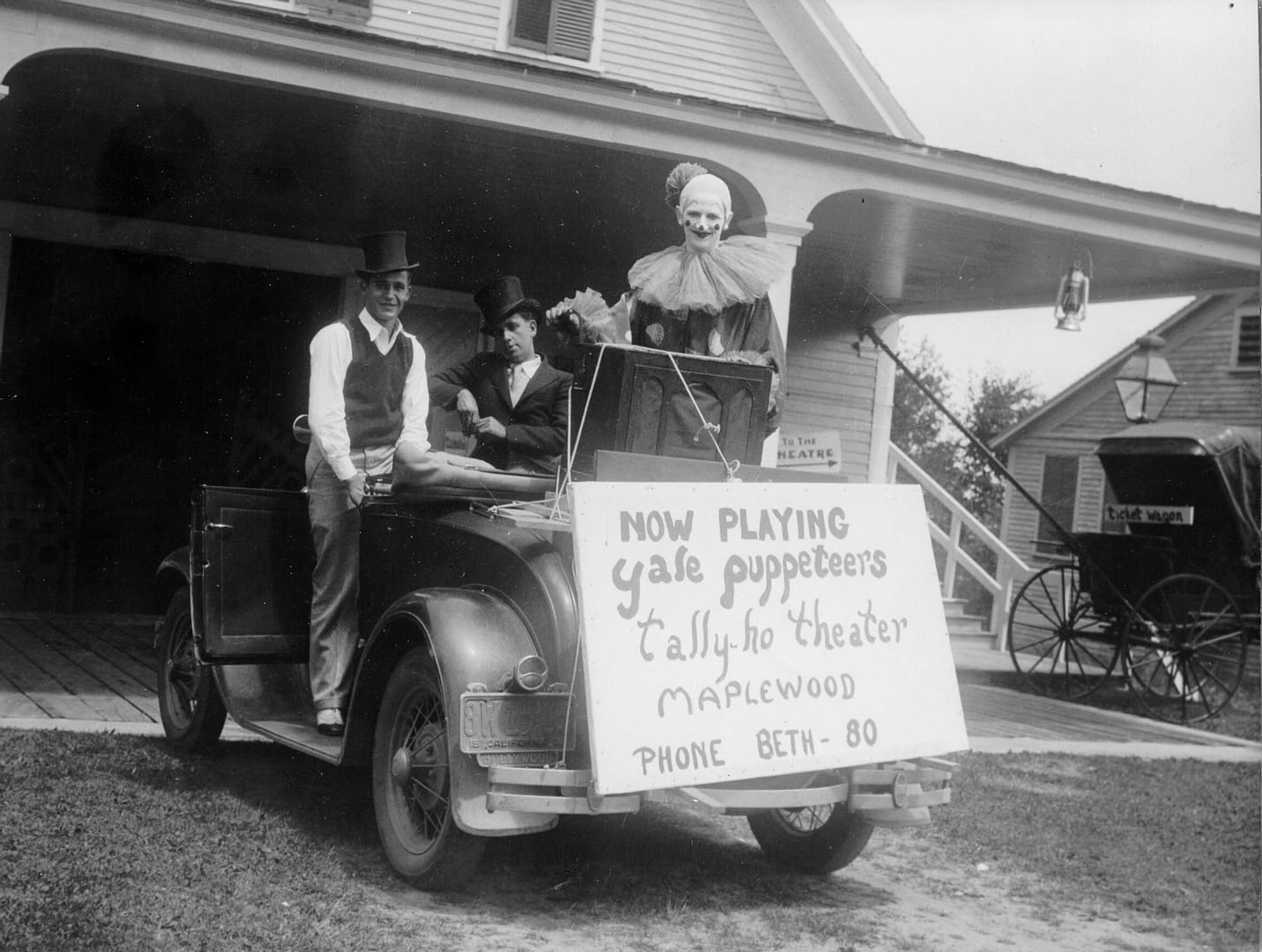PART 3
BACK TO THE EAST
As much as Burnett, Brown, and Brandon enjoyed their success on Olvera Street, they missed the greenery and seasons of the northeast and moved back, converting a New Hampshire barn into the “Tally Ho Theater.” They soon realized they’d been spoiled in Los Angeles, as audiences now proved to be practically non-existent on the Maplewood farm.










